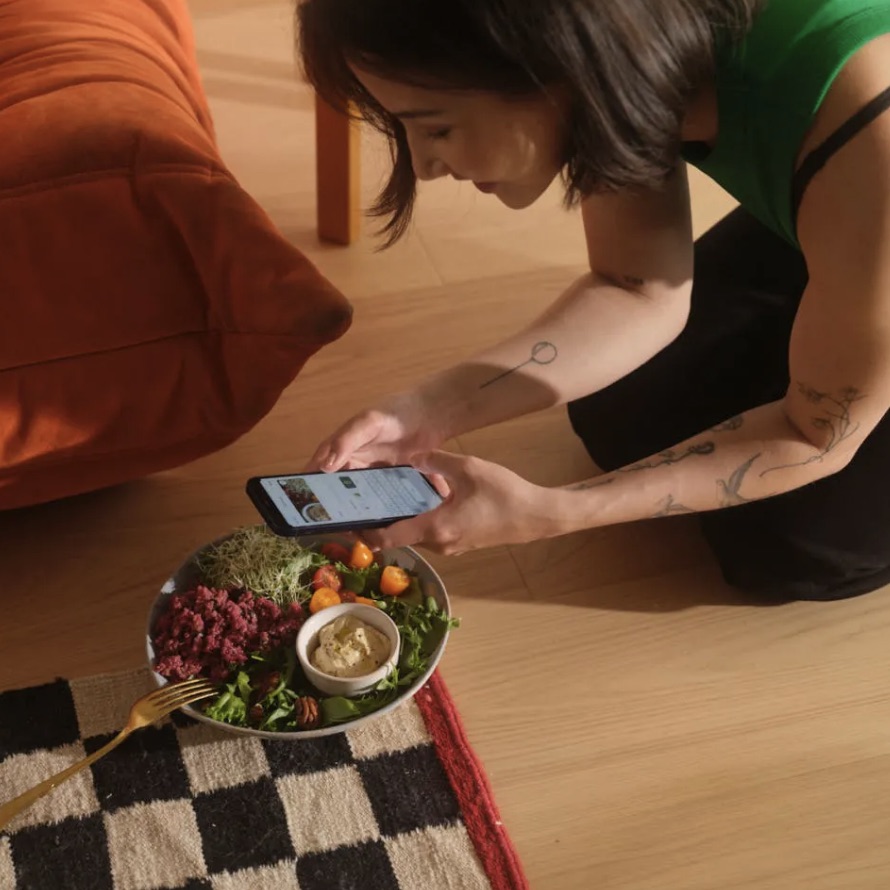
5 Best Continuous Glucose Monitors By Budget
Good Gear editors endorse products we’ve personally researched, tested, and genuinely love. Learn more about our methodology and business model here.
For folks with diabetes, continuous glucose monitors (CGM) have revolutionized healthcare. They allow diabetics to monitor their blood sugar levels without constantly finger pricking — instead, they can just check their phone to find out real-time glucose levels. And recently, that technology has gone mainstream.
Even folks without diabetes can benefit from checking their blood sugars. People with prediabetes or hypoglycemia can better understand the fluctuations in their sugar levels, and CGMs are also used by elite athletes and folks interested in their health and wellness. Just like continuously tracking your heart rate, steps, or sleep, monitoring your glucose levels gives you better insights into your health as a whole.
CGMs made for non diabetics pierce your skin with tiny filaments covered by a patch, giving you a continuous reading, usually sent to your phone, of glucose levels in your interstitial fluid between skin layers. It gives you an accurate assessment of blood sugar levels, but note that it’s typically delayed by about 15 minutes.
Some of the following programs encourage you to wear the patch all the time, often for a few months, while other programs have you wear the patch for just a couple weeks at a time so you can learn how certain foods affect you without committing to months of continuous wear. And since the U.S. requires prescriptions for all CGMs, the companies all partner with physicians to take care of the prescription for you.
These monitors help you determine exactly how your eating patterns affect your glucose levels. Maybe certain foods make your blood sugar shoot up more than others — finding that out will help you adjust your eating patterns and feel better. You’ll also find out other triggers that raise your sugars, like dehydration, lack of sleep, stress, and caffeine, or ones that lower your blood sugars like exercise. The monitors are beneficial to anyone experiencing any level of insulin resistance.
Below, we’ve rounded up five of the best CGMs on the market for non-diabetic folks. While blood sugar monitoring provides you with some major health insights, note that it’s not for everyone. Make sure you talk to your doctor about any blood sugar-related questions or concerns, too, and check with your provider to see if all or part of your CGM can be covered by insurance or HSA payments.
1. Veri
Best For | Holistic health content
Features | App with health content, personalized recommended foods
Prices Starting At | $109/month
Veri is based on monthly membership — for $109 a month, you’ll receive two painless glucose sensors every three months, each of which can be worn for two weeks, along with access to Veri’s app and community. The app shows you your glucose level data in an easy-to-digest format, and it’ll suggest certain foods based on what’s working or not working for you. You’ll have even more guidance through Veri’s community content, helping you learn more about your metabolic health and its other pillars like stress and sleep. Veri aims to help you find both the right foods and the right habits for your health. Plus, they take care of the prescription process for you.


2. Supersapiens
Best For | Athletes
Features | Optional wristband, training programs
Prices Starting At | €150/month
Supersapiens founder Phil Southerland worked with an all-diabetic professional cycling team to pioneer CGM technology. Now he brings that technology to a glucose monitoring system for athletes. Supersapiens’ monthly subscription comes with two sensors and app access. Each sensor is waterproof and can be worn for 14 days, and they also make an Energy Band so you can view your glucose levels while you’re working out, without having to check your phone. Training for something major like a marathon? Their 10-, 14-, or 18-week training programs help you best fuel your training so you can reach your peak performance. There’s no prescription needed, and it also integrates with other popular fitness technology like Garmin, Apple Health, and Oura.


3. Nutrisense
Best For | Personalized nutritionist guidance
Features | In-app communication with nutritionists, in-app learning program
Prices Starting At | $225/month
Nutrisense aims to arm users with data about their metabolism so you can better understand their bodies and make the right choices for you. The Nutrisense app is all about offering you personalized guidance based on your data. When you first sign up, you’ll get a month of free support from a real nutritionist, and you can extend that support for an additional $100 monthly. The app will give you insights, too, showing you how your eating and other lifestyle habits affect your health. Nutrisense offers 3-, 6-, and 12-month plans for $299, $250, and $225 per month, respectively. Each plan comes with enough monitors to replace every two weeks, along with access to the app and a month of communicating with a nutritionist. While Nutrisense isn’t covered by insurance, they do accept HSA payments.


4. Levels
Best For | Goal-driven insights
Features | Syncs with Apple Health, choice between Dexcom G6 and Freestyle Libre monitors
Prices Starting At | $216/month
Featured in the New York Times, the Wall Street Journal, and Men’s Health, Levels helps you transform your health with goal-driven insights given over the course of a year — because habits aren’t built overnight. A membership to the Levels app is billed at $199 yearly ($17/month), while the monitors are billed at $199 monthly. They recommend a three-monitor shipment every month, but you can get those monitors every two or three months if you choose. Levels will determine if you need a prescription and take care of it for you, and the app syncs with Apple Health so you can monitor your sleep and exercise trends, too. (Note that they don’t accept insurance or HSA payments.) Levels helps you learn more about how to optimize all aspects of your health, not just your diet, to stay healthy both mentally and physically.


5. January
Best For | 24/7 AI health coach
Features | AI projections, fitness tracker syncing
Prices Starting At | $260 starter kit, then $10/month
January combines the power of a CGM, a fitness tracker, and AI to give you powerful insights into the way your activity and eating habits affect your blood sugar levels. The best part? It only requires one CGM, worn for two weeks. When you first sign up for January, you’ll receive a telehealth visitor for your prescription, one CGM, and AI calibration. You’ll sync your existing fitness tracker, like a Fitbit or Apple Watch, with your January CGM, and wear both for two weeks. Then AI takes over — based on the two-week calibration, it’ll give you continual insights every month into how your diet will likely affect your glucose. (Note that some users like to recalibrate every three months.) The starter kit goes for $260, and the January app membership is $28/month billed monthly or $10/month billed annually. While January isn’t covered by insurance, some HSAs might cover it.


Featured image is from January




